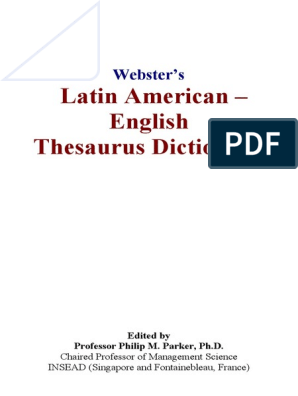0% found this document useful (0 votes)
949 views6 pagesPolice Report Writing Guide
Uploaded by
Ronald PlatillaCopyright
© © All Rights Reserved
We take content rights seriously. If you suspect this is your content, claim it here.
Available Formats
Download as DOCX, PDF, TXT or read online on Scribd
0% found this document useful (0 votes)
949 views6 pagesPolice Report Writing Guide
Uploaded by
Ronald PlatillaCopyright
© © All Rights Reserved
We take content rights seriously. If you suspect this is your content, claim it here.
Available Formats
Download as DOCX, PDF, TXT or read online on Scribd
/ 6







































































































